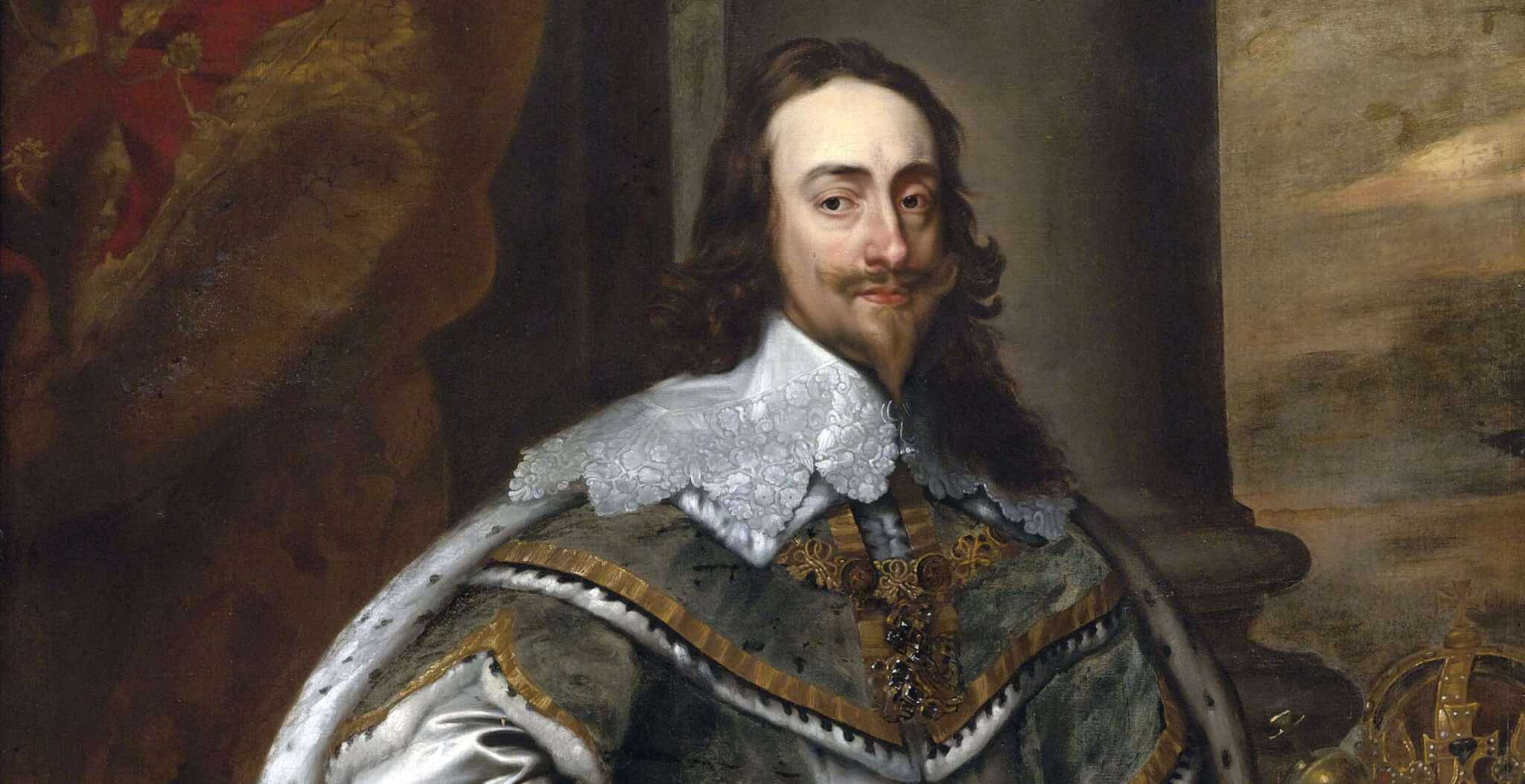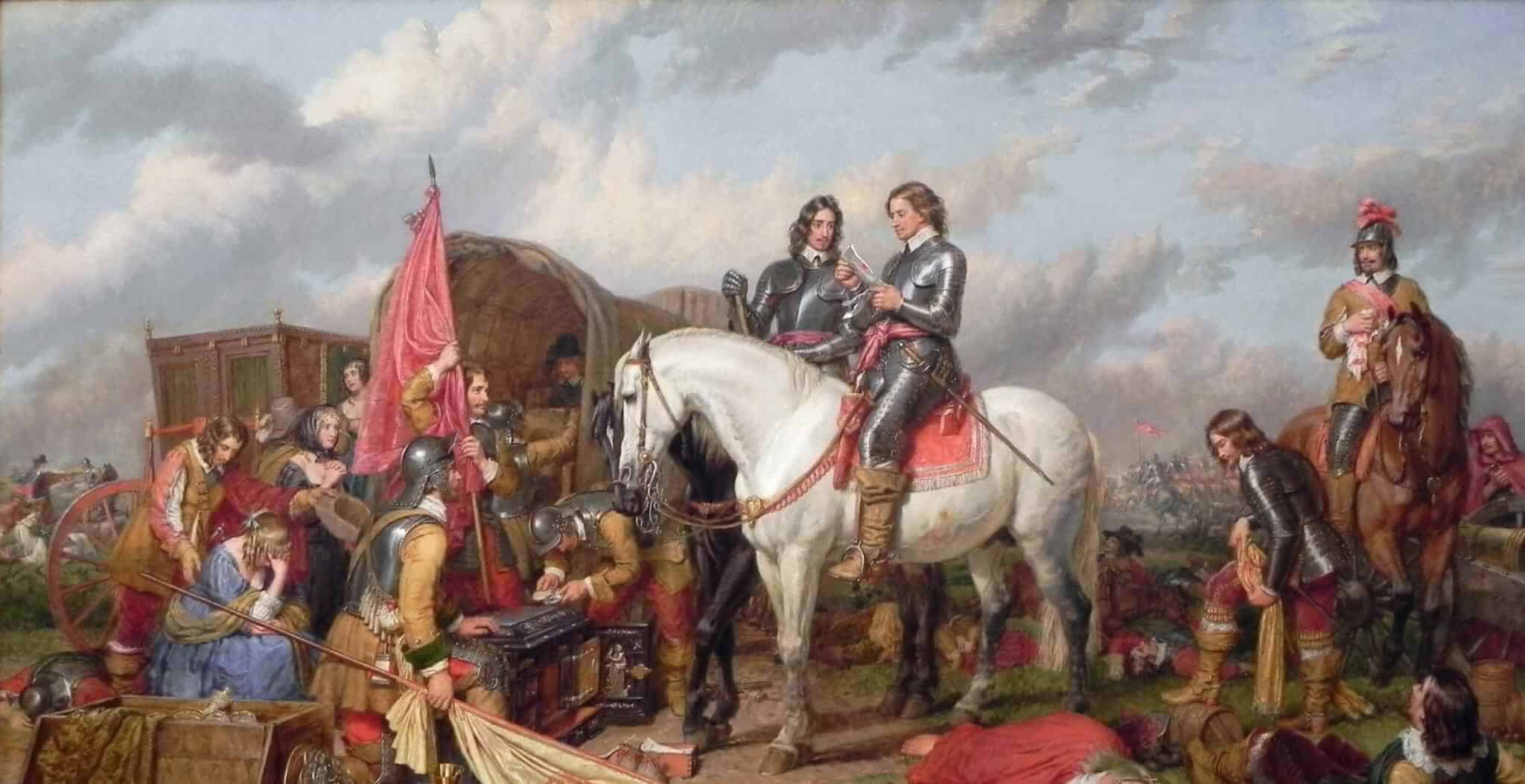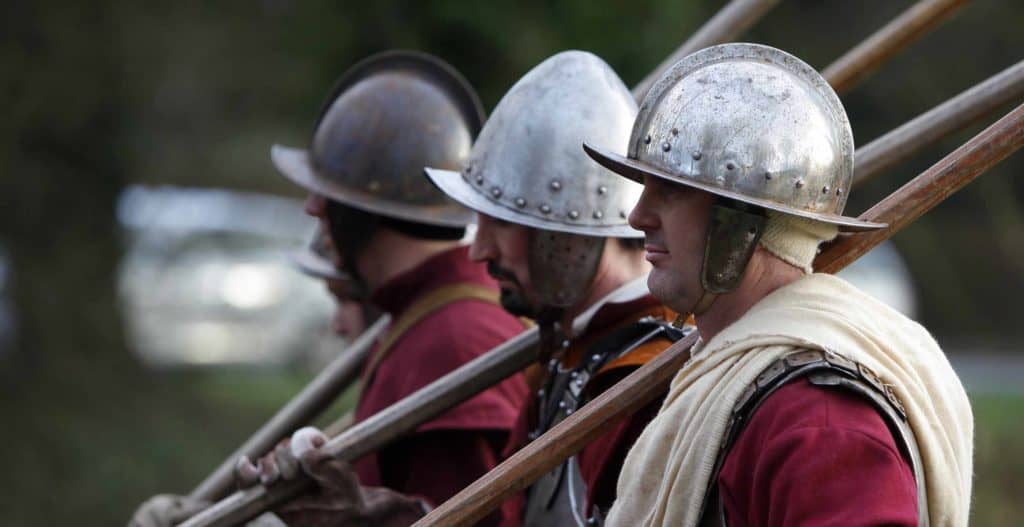After his catastrophic defeat at the Battle of Naseby earlier in June, King Charles I turned north in an attempt to link up with the Marquis of Montrose in Scotland.
Upon hearing that his only remaining port at Chester was under siege, Charles diverted his forces to relieve the defenders.
The battle of Rowton Hill took place over several locations, with the mainly cavalry action lasting over the whole of 24 September 1645. Gradually the Royalist forces were forced to fall back towards the city walls, from where Charles would witness what remained of his army all but wiped out.
“A major disaster” for King Charles, the remnants of his cavalry would meet their end just a few weeks later in an ambush at Sherburn-in-Elmet.
Click here for a battlefield map.
Key Facts:
Date: 24th September, 1645
War: English Civil War
Location: Rowton, Cheshire
Belligerents: Royalists and Parliamentarians
Victors: Parliamentarians
Numbers: Around 4,000 for each side
Casualties: Royalists 1,500, Parliamentarians unknown
Commanders: King Charles I (Royalists), Sydenham Poyntz (Parliamentarians – pictured below)

Location:
More Battles in the English Civil War:
| Battle of Edgehill | 23 October, 1642 |
| Battle of Braddock Down | 19 January, 1643 |
| Battle of Hopton Heath | 19 March, 1643 |
| Battle of Stratton | 16 May, 1643 |
| Battle of Chalgrove Field | 18 June, 1643 |
| Battle of Adwalton Moor | 30 June, 1643 |
| Battle of Lansdowne | 5 July, 1643 |
| Battle of Roundway Down | 13 July, 1643 |
| Battle of Winceby | 11 October, 1643 |
| Battle of Nantwich | 25 January, 1644 |
| Battle of Cheriton | 29 March, 1644 |
| Battle of Cropredy Bridge | 29 June, 1644 |
| Battle of Marston Moor | 2 July, 1644 |
| Battle of Naseby | 14 June, 1645 |
| Battle of Langport | 10 July 1645 |
| Battle of Rowton Heath | 24 September, 1645 |
| Battle of Stow-on-the-Wold | 21 March, 1646 |







